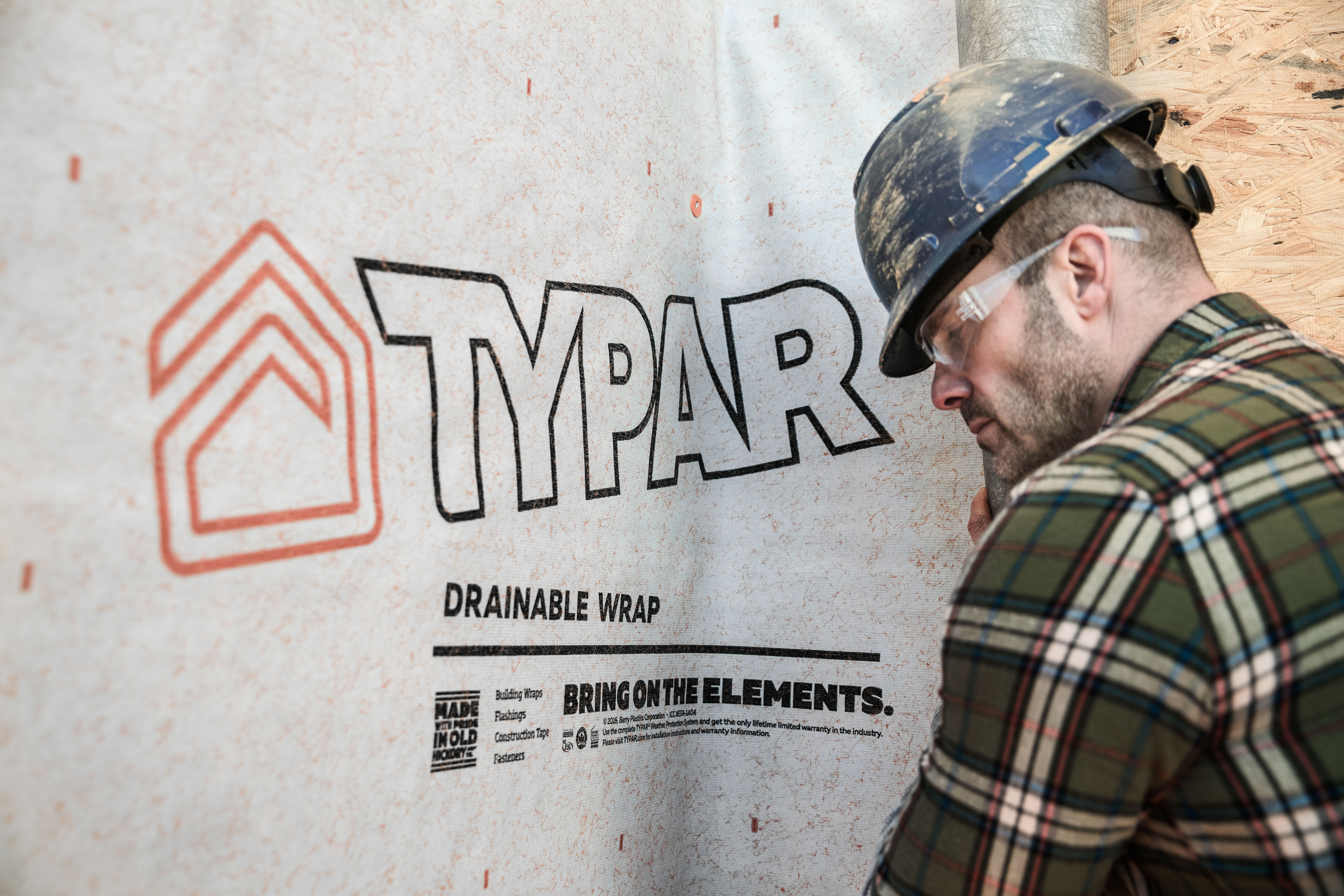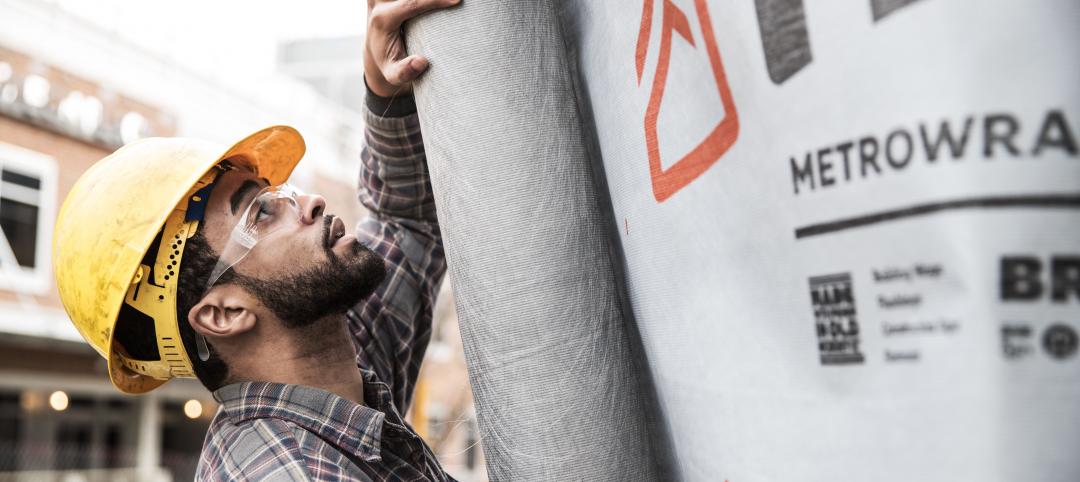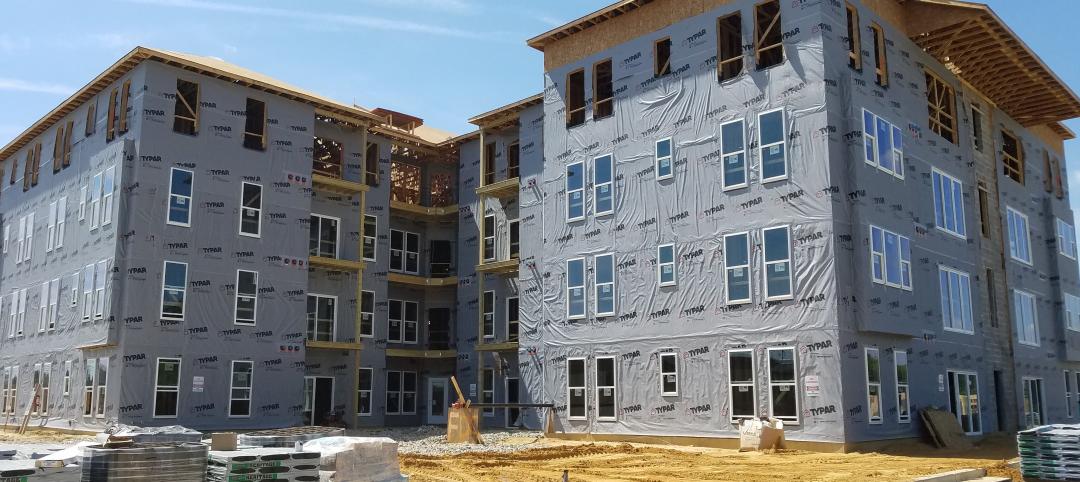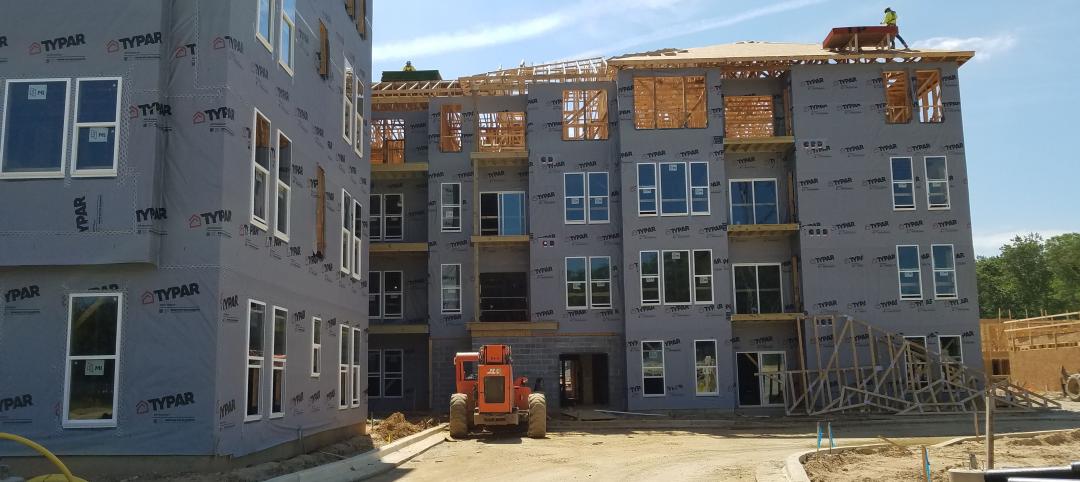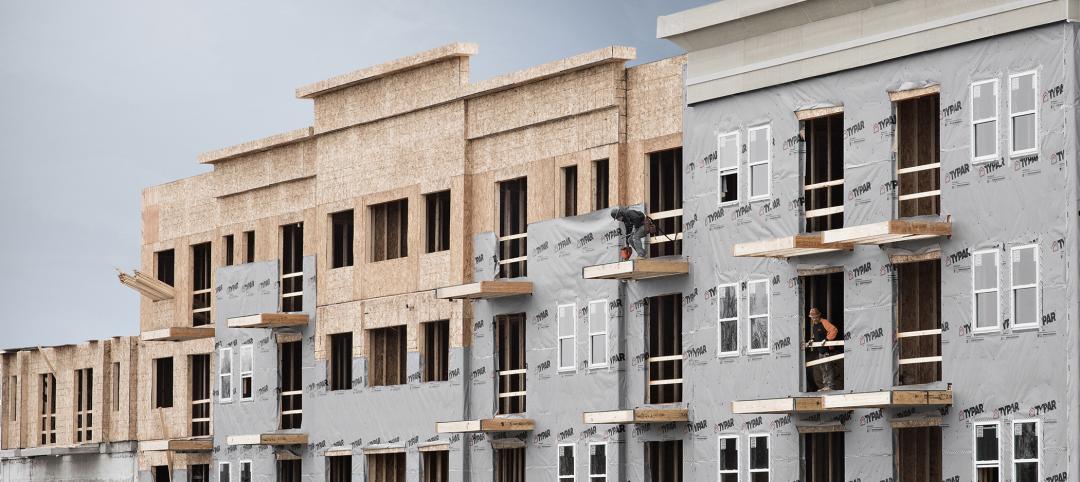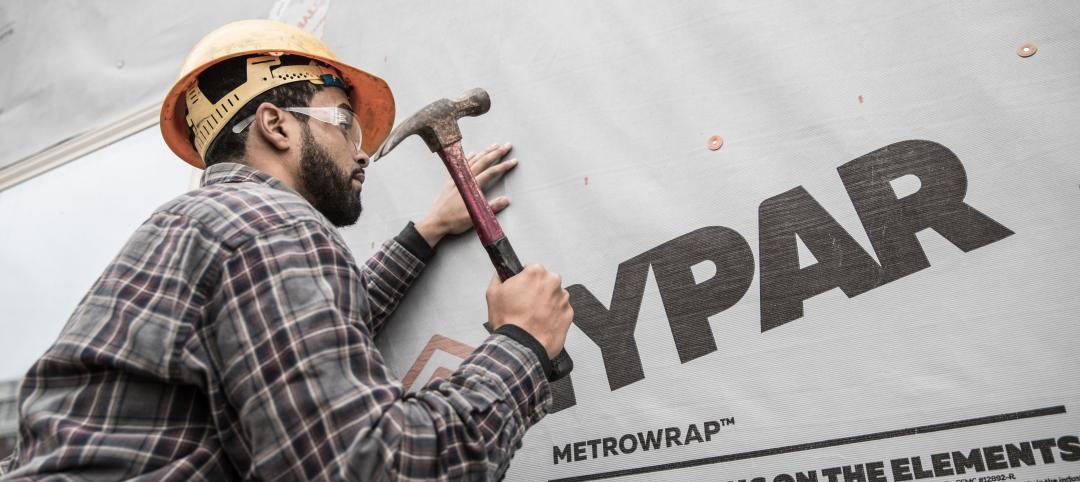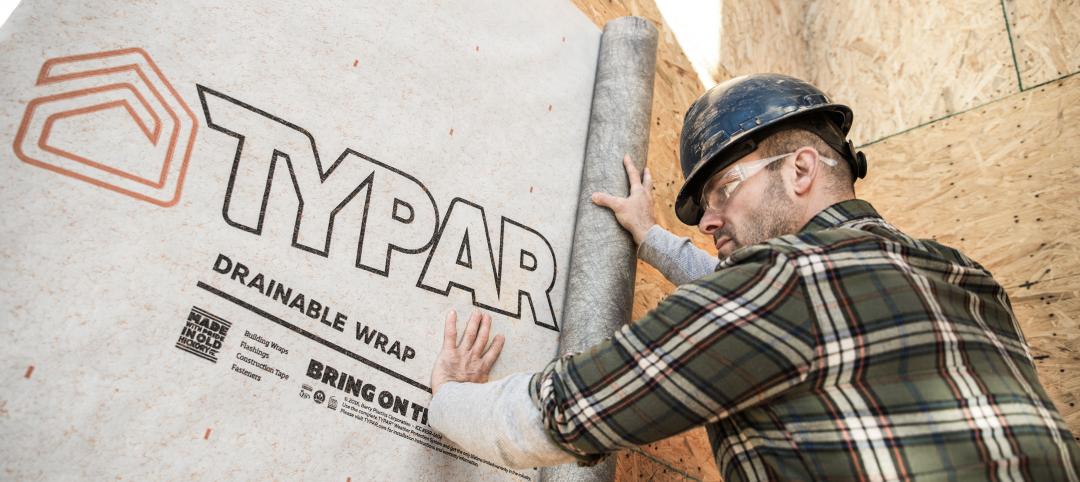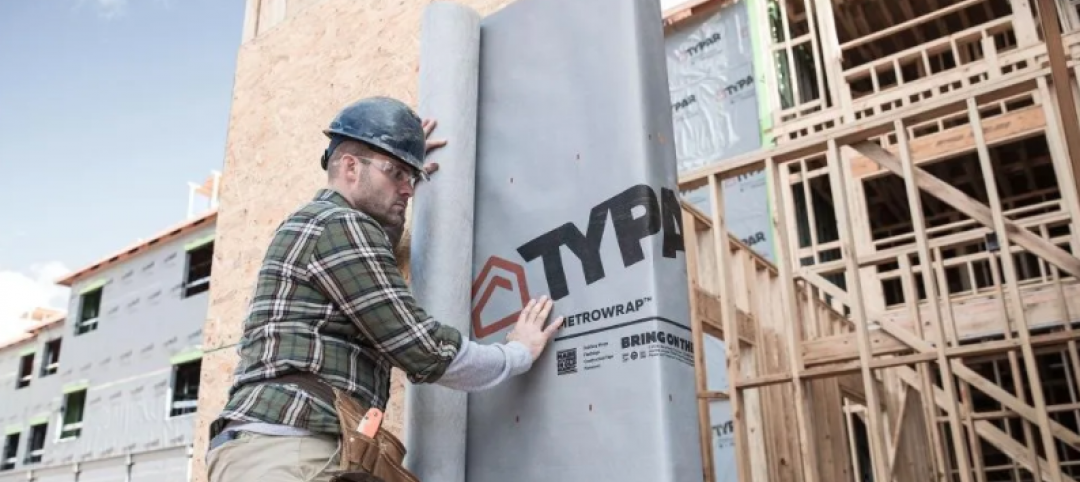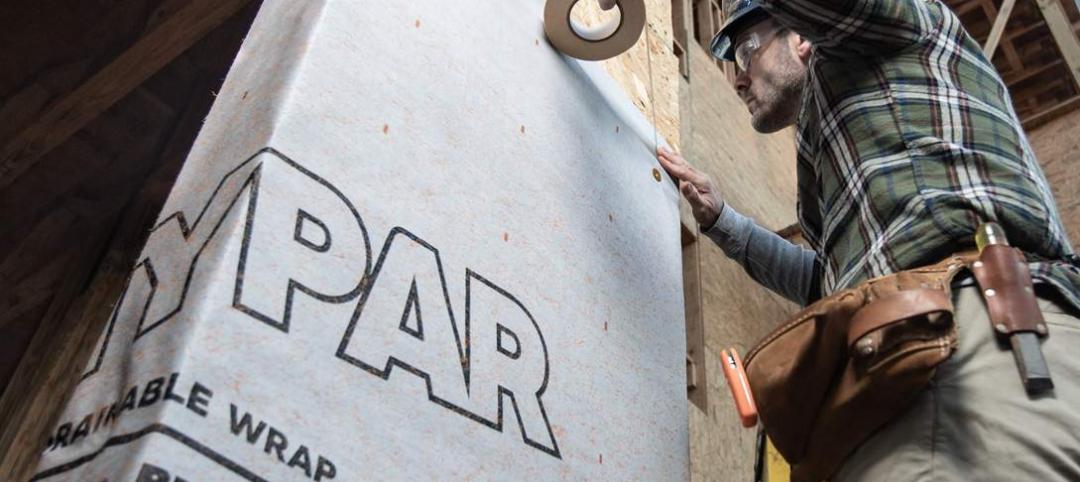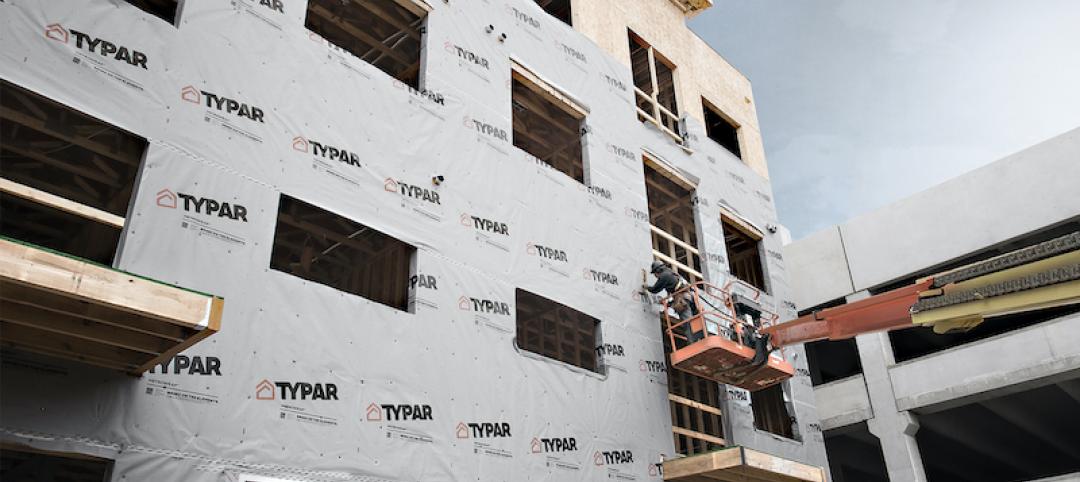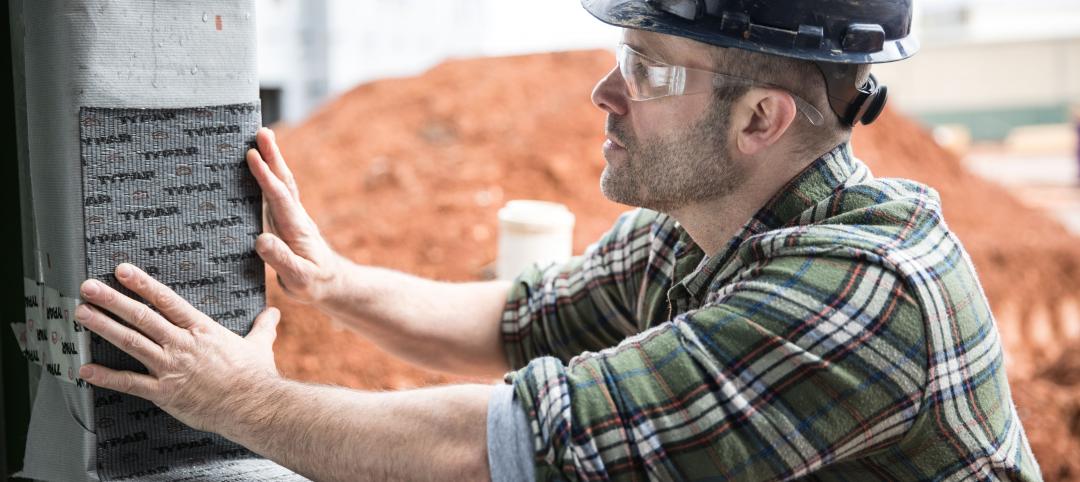Among the many performance characteristics to consider when choosing a building wrap, surfactant resistance is one that can be easily overlooked. However, builders and contractors who do not have at least a basic understanding of surfactants and how they impact the performance of building wrap could potentially jeopardize the long-term durability of the exterior wall assembly.
What Are Surfactants?
Surfactants (surface active agents) are contaminants that lower the surface tension of a liquid thereby allowing it to penetrate the housewrap material. Water soluble extractives such as tannins and wood sugars commonly found in redwood and cedar cladding products are examples of surfactants that contaminate the surface of building wraps. Even more, surfactants can be found in detergents, soaps and other cleaning solutions used to power wash siding, making surfactants almost impossible to avoid.
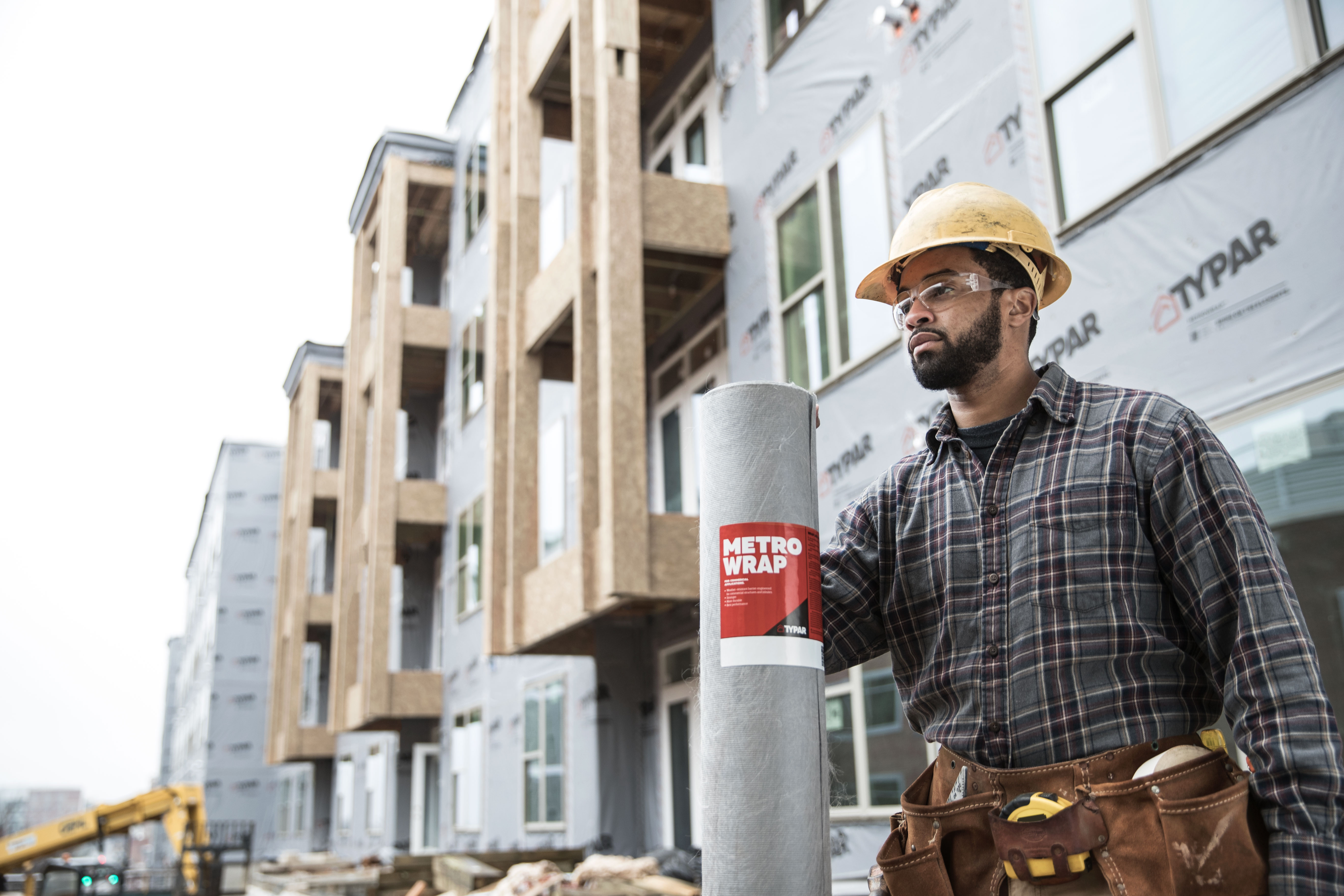
The Problem with Surfactants
Surfactants promote the loss of water repellency, causing “wetting” of the building wrap surface. When this occurs, water can more easily pass through the microscopic openings in the building wrap. Once moisture finds its way into the building envelope, it can promote the growth of mold and rot that not only cause structural damage but also pose serious health hazards to building occupants.
The Solution
When choosing a building wrap, be sure to pay attention to its surfactant resistance capabilities. Not all wraps will provide the same surfactant protection—if any at all. On the other end of the spectrum are building wraps like TYPAR MetroWrap and Drainable Wrap that are engineered with a specialized coating that resist surfactants.
Beyond product selection, there are several installation best practices contractors and builders can adhere to in an effort to decrease the potential of surfactant-related issues.Renowned building scientist, Joseph Lstiburek, suggests several steps to prevent surfactants from reaching the building wrap material, including back-priming wood clapboards and trim and creating an air space between the cladding and building wrap.
Due to the vast amount of building wraps and moisture management products on the market, it is more imperative than ever that builders and contractors have the knowledge to make the right product selections to design and build wall systems that perform to today’s standards of high performance, durability and moisture control.
More from Author
Bijan Mansouri, TYPAR | Aug 13, 2020
Auditing airtightness: The 101 on blower door tests
A blower door test, also known as an infiltrometer, uses a high-powered fan and a special machine to measure the airtightness of a building and identify potential leaks in the air barrier.
Bijan Mansouri, TYPAR | Jul 30, 2020
How to Pick the Right Flashing and Tape for the Job
When it comes to eliminating vulnerabilities in the building envelope, quality flashings and construction tapes are an affordable, durable and simple addition to your air barrier arsenal

